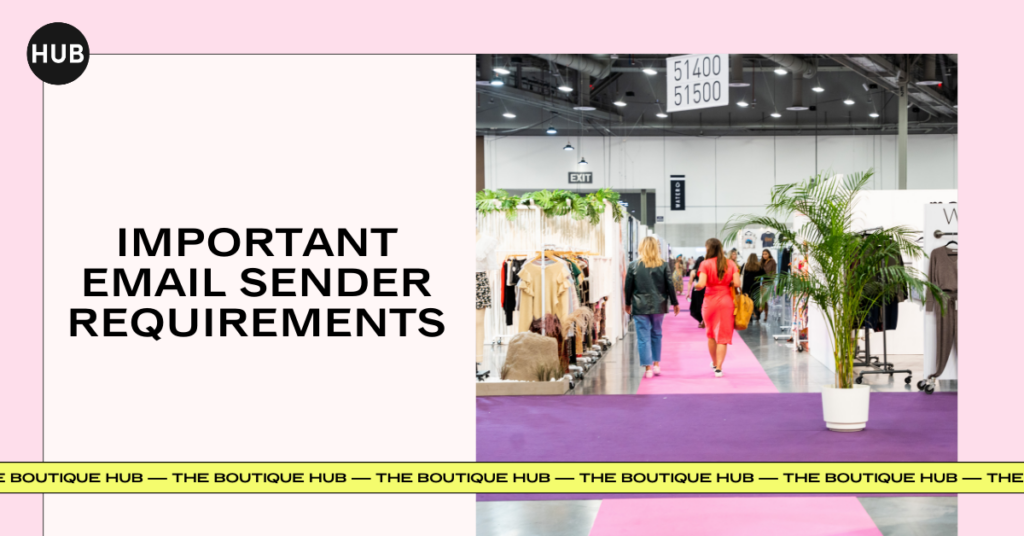As we step into 2024, there are notable changes coming to email communication, particularly from giants like Google and Yahoo. These changes focus on authentication requirements and spam prevention and will be in effect from February 2024.
Getting your business ready for these changes ahead of time is crucial. Taking proactive steps ensures that you stay ahead in the ever-evolving world of email communication. Read on to discover more about these changes you can keep your business on track with the new requirements!
Understanding the Shift: Google’s Requirements
Best practices for bulk email senders are no longer just recommended; they are now required by Google and Yahoo for email delivery. These changes, set to roll out in the first quarter of the year, aim to improve deliverability, build trust, and avoid spam filters. Here’s a breakdown of what you need to know:
Gmail’s Authentication Mandate:
- Enable email authentication: Set up DKIM email authentication and a basic DMARC record, especially crucial for bulk senders (accounts sending over 5,000 emails per day)
- Transition from @gmail: Move away from @gmail.com addresses to your own domain to align with upcoming changes.
Keep Spam Complaints Low:
- Maintain spam complaints below 0.1% to meet Google’s spam rate threshold requirement starting in February.
Frequently Asked Questions
Who’s Affected?
- These changes impact all senders, with a more noticeable impact on bulk senders. Direct or automated 1:1 sales emails are not affected.
Consequences of Non-Compliance:
- Google and Yahoo may block emails that don’t meet their requirements, potentially leading to long-term consequences on deliverability and customer engagement.
Sending Volume Criteria:
- While Google has mentioned a 5K daily sending limit for defining a “bulk sender,” it’s essential for all senders to set up authentication, regardless of size.
What is DKIM and Why Set it Up?
- DKIM (DomainKeys Identified Mail) is like a special seal for emails, ensuring trust and reliability, enhancing email deliverability.
What is DMARC and Do I Need It?
- DMARC is an email security standard guarding against impersonation. All senders must have a basic DMARC record under the new deliverability requirements.
DKIM Authentication for Low-Volume Senders:
- Contrary to common belief, setting up DKIM is beneficial for low-volume senders and positively affects overall open rates.
High-Volume Senders and New Domains:
- Large senders transitioning to their authentication may experience disruption but incorporating a well-reputed domain into DKIM can enhance overall deliverability.
Where Can I Learn More about This and HOW to Set It Up?
- We recommend contacting your email marketing provider and your domain provider for more details and support. Here is an article our team referred to in order make these changes internally: https://www.activecampaign.com/blog/a-guide-to-google-and-yahoo-authentication-changes-in-2024?_ga=2.3897584.179166228.1705965899-992378927.1697750208
Navigating these changes may seem intricate, especially for small businesses, but with a few small changes you will be on track for email marketing success! These changes do not impact customers who already have DKIM and DMARC set up.

